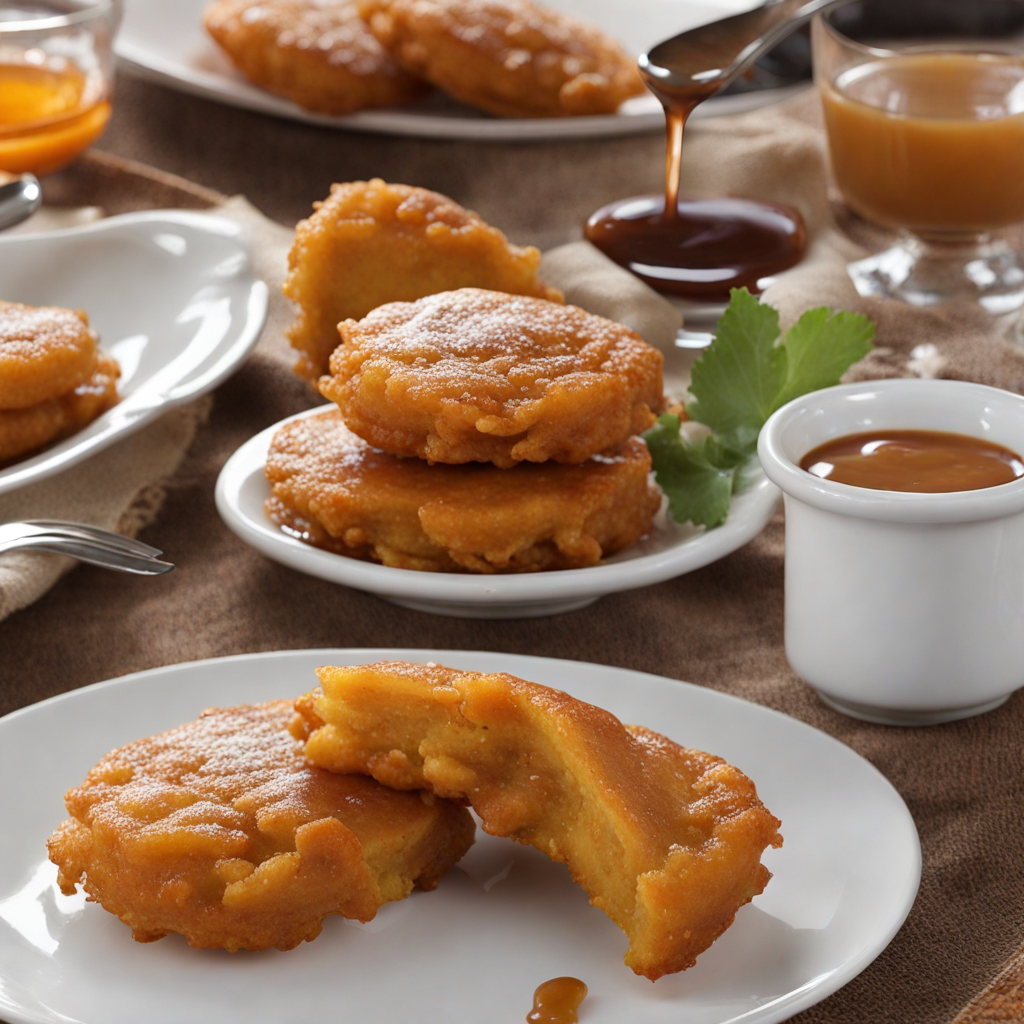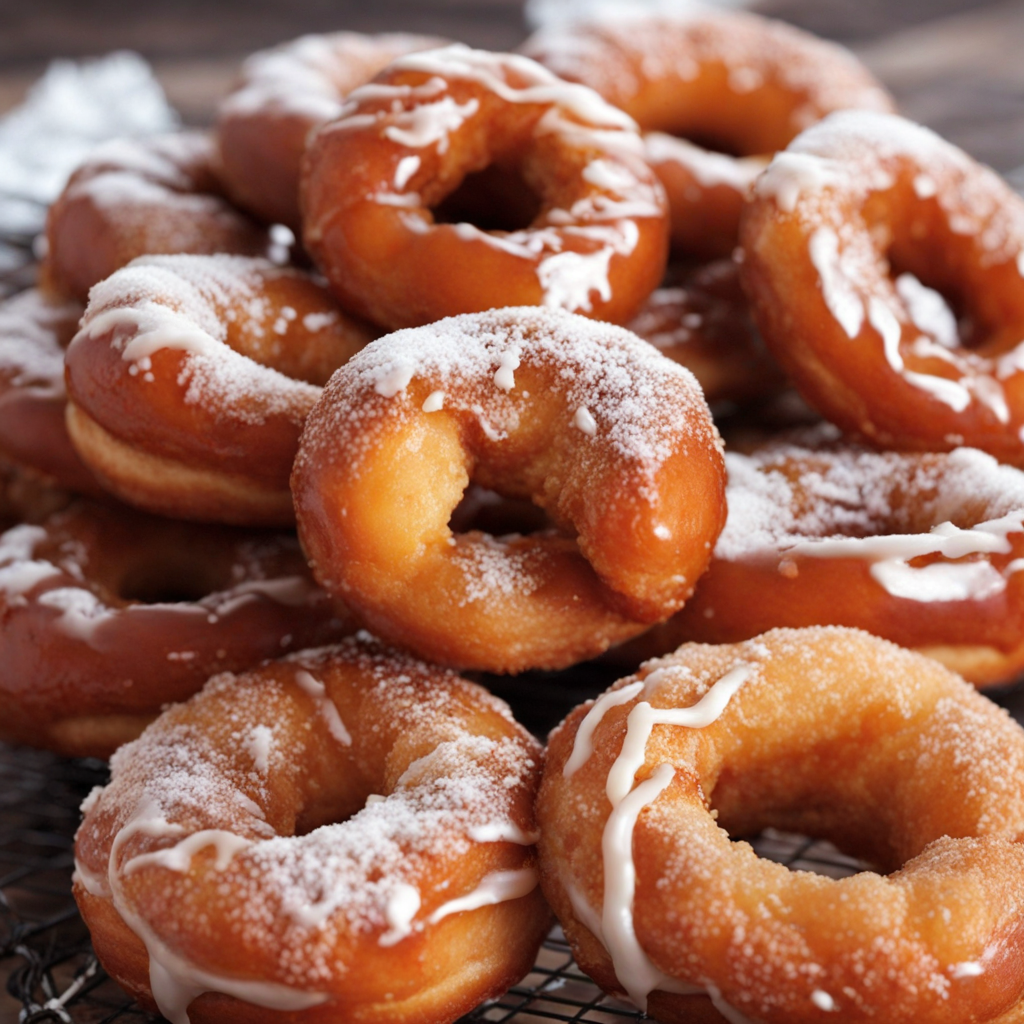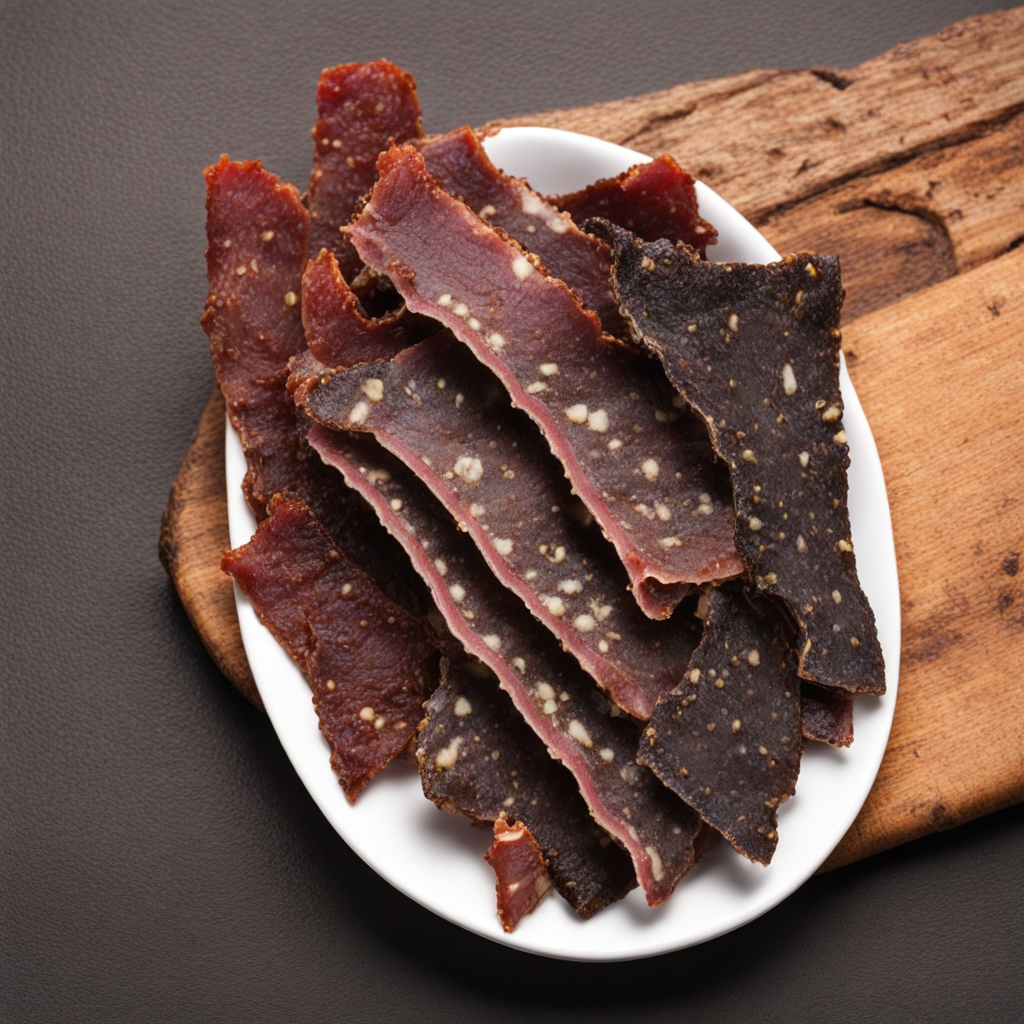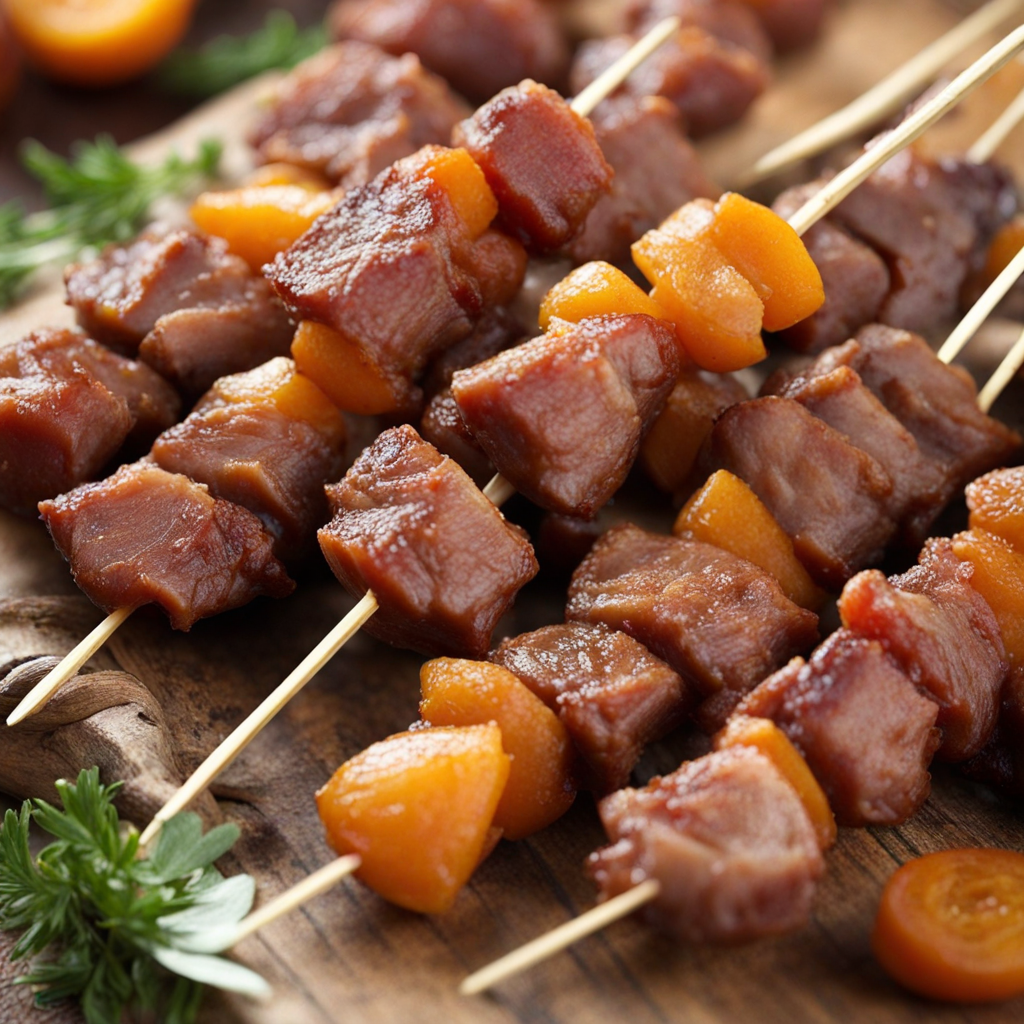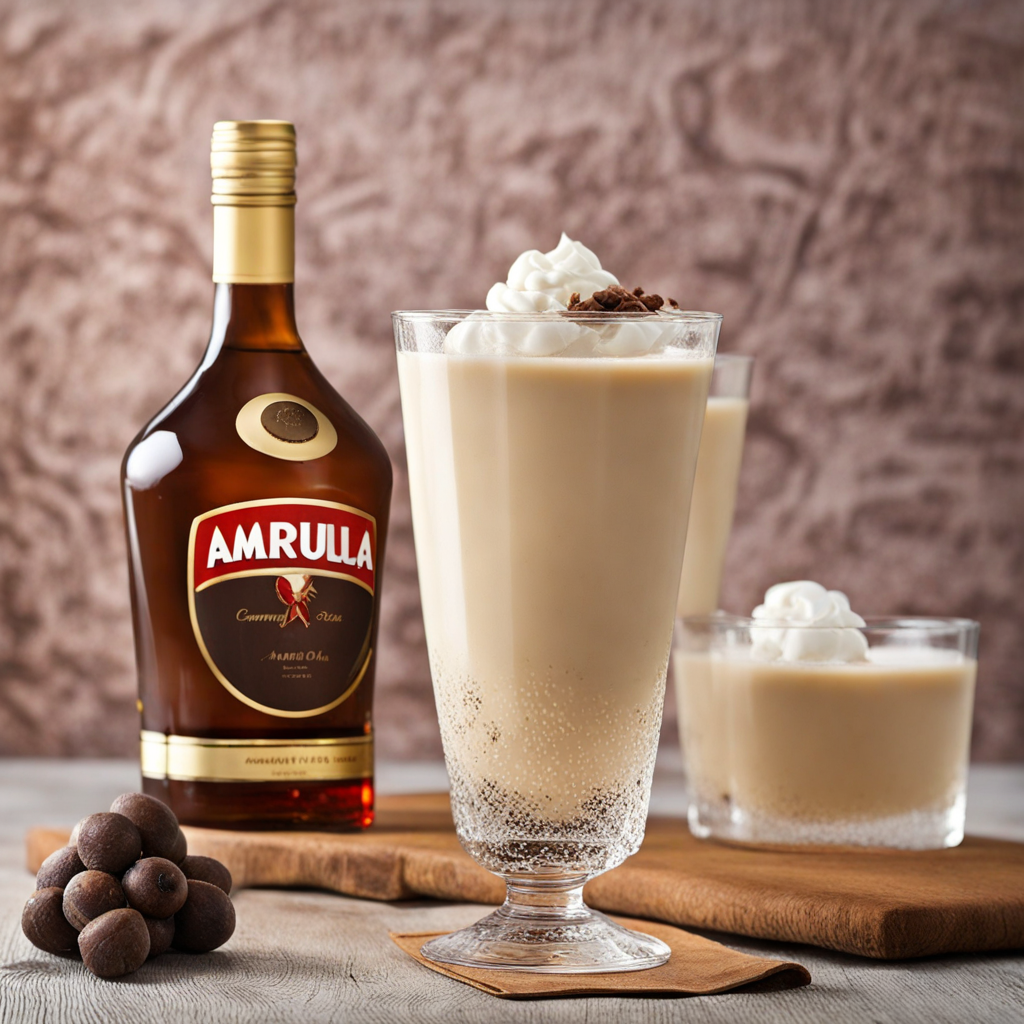Pampoenkoekies
Pampoenkoekies, or pumpkin fritters, are a delightful South African treat that embodies the warmth and richness of traditional comfort food. These golden-brown bites are made from a mixture of grated pumpkin, flour, sugar, and spices, often enhanced with a hint of cinnamon or nutmeg. The pumpkin provides a naturally sweet and earthy flavor, making them a perfect snack or dessert. When fried to perfection, they achieve a crispy exterior while remaining soft and fluffy inside, creating a delightful contrast that is both satisfying and indulgent. Traditionally enjoyed during the harvest season, Pampoenkoekies can be served warm, dusted with powdered sugar, or drizzled with a sweet syrup for added decadence. They are often accompanied by a dollop of cream or a scoop of ice cream, elevating the experience to a whole new level. The bright orange hue of the pumpkin not only makes these fritters visually appealing but also signifies their nutritional value, as pumpkin is rich in vitamins and minerals. This beloved dish is often found at family gatherings, markets, and street vendors, reflecting the vibrant culinary culture of South Africa. Pampoenkoekies not only offer a unique flavor experience but also evoke a sense of nostalgia and community, making them a must-try for anyone eager to explore the diverse tastes of South African cuisine. Whether as a quick snack or a festive dessert, these fritters are sure to leave a lasting impression on your palate.
How It Became This Dish
Pampoenkoekies: A Sweet Slice of South African Heritage Pampoenkoekies, often translated as "pumpkin fritters," are a beloved traditional dish from South Africa, particularly cherished in the Cape Malay community and among Afrikaans-speaking people. These delightful treats, made primarily from pumpkin, flour, and various spices, reflect the rich tapestry of South Africa's culinary history. Their origins intertwine with the indigenous cultures of the region, the influence of colonization, and the melding of diverse culinary traditions. Origins: From Indigenous Roots to Colonial Influence The history of pampoenkoekies can be traced back to the indigenous peoples of Southern Africa, who cultivated various types of squash and pumpkin long before European settlers arrived. These early inhabitants utilized these versatile vegetables in their daily diets, incorporating them into stews and other dishes. The indigenous knowledge of farming and cooking with pumpkins laid the groundwork for what would eventually evolve into pampoenkoekies. When Dutch settlers arrived in the Cape in the 17th century, they brought with them not only their agricultural practices but also their culinary traditions. The introduction of wheat flour and sugar by the Europeans contributed to the evolution of pampoenkoekies. The merging of indigenous ingredients with European cooking techniques gave rise to various dishes, including the sweet and spiced pumpkin fritters we recognize today. Cultural Significance: A Symbol of Togetherness Pampoenkoekies hold a special place in South African culture, symbolizing both comfort and community. They are often enjoyed during festive occasions, family gatherings, and religious celebrations. Their preparation can be a communal activity, where family members come together to peel, mash, and fry the pumpkin, creating an atmosphere of togetherness and sharing. In the Cape Malay community, pampoenkoekies are often served during Eid celebrations, where they are enjoyed alongside other traditional dishes. Their sweet and spiced flavor profile makes them a fitting treat for festive occasions. Similarly, Afrikaans families have adopted pampoenkoekies as a staple in their holiday feasts, further solidifying the dish's place in South African culinary traditions. Ingredients and Preparation: A Simple Yet Flavorful Dish The traditional recipe for pampoenkoekies is remarkably simple, yet it allows for a delightful range of flavors. The primary ingredient is pumpkin, usually steamed or boiled until soft, then mashed. The mashed pumpkin is combined with flour, sugar, baking powder, and spices such as cinnamon and nutmeg, which impart warmth and depth to the fritters. Some variations also include raisins or desiccated coconut, adding texture and sweetness. The mixture is then shaped into small rounds or patties and deep-fried until golden brown. The result is a crispy exterior with a soft, sweet interior that is often dusted with powdered sugar before serving. Pampoenkoekies are typically enjoyed warm, making them an enticing treat for both children and adults alike. Development Over Time: Evolution and Adaptation As with many traditional dishes, the recipe for pampoenkoekies has evolved over time, influenced by changing tastes, availability of ingredients, and cultural exchanges. In contemporary South Africa, chefs and home cooks alike have experimented with the classic recipe, incorporating modern twists. Some variations include using butternut squash instead of traditional pumpkin, introducing exotic spices, or even making them gluten-free by substituting flour with almond or coconut flour. The evolution of pampoenkoekies reflects the broader changes in South African society. As the country has become more diverse and interconnected, culinary traditions have blended, leading to innovative interpretations of beloved dishes. The rise of food tourism and the growing interest in traditional South African cuisine have further propelled pampoenkoekies into the spotlight, with restaurants and food stalls featuring them prominently on their menus. Pampoenkoekies in Modern Cuisine In recent years, pampoenkoekies have transcended their status as mere comfort food to become a symbol of South African heritage in the culinary world. They are increasingly featured in food festivals, cooking classes, and even on social media platforms, where home cooks share their unique takes on this traditional dish. The growing trend of celebrating local ingredients and traditional recipes has breathed new life into pampoenkoekies, ensuring their continued relevance in modern cuisine. Moreover, the dish has found its way into the wider culinary landscape beyond South Africa. With the global interest in diverse food cultures, pampoenkoekies are now enjoyed by people from various backgrounds, often served as a sweet snack or dessert at gatherings. Their appeal lies not only in their delightful taste but also in the stories they carry, drawing people in with their rich history. Conclusion: A Taste of Tradition and Innovation Pampoenkoekies are more than just a simple pumpkin fritter; they are a testament to the resilience and adaptability of South African culinary traditions. Rooted in the indigenous practices of early inhabitants and shaped by the influences of colonization and cultural exchange, pampoenkoekies embody the spirit of community and togetherness. Their evolution over time reflects the dynamic nature of food, bridging the gap between tradition and modernity. As South Africa continues to embrace its diverse culinary heritage, pampoenkoekies stand as a delicious reminder of the power of food to connect people, preserve culture, and celebrate history. Whether enjoyed at a festive gathering or as an everyday treat, pampoenkoekies remain a cherished part of South African cuisine, inviting all to partake in their sweet and spiced legacy.
You may like
Discover local flavors from South Africa


